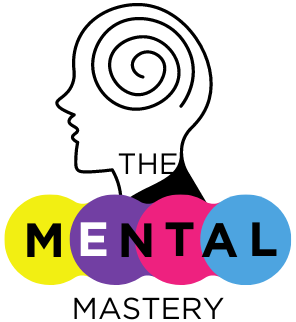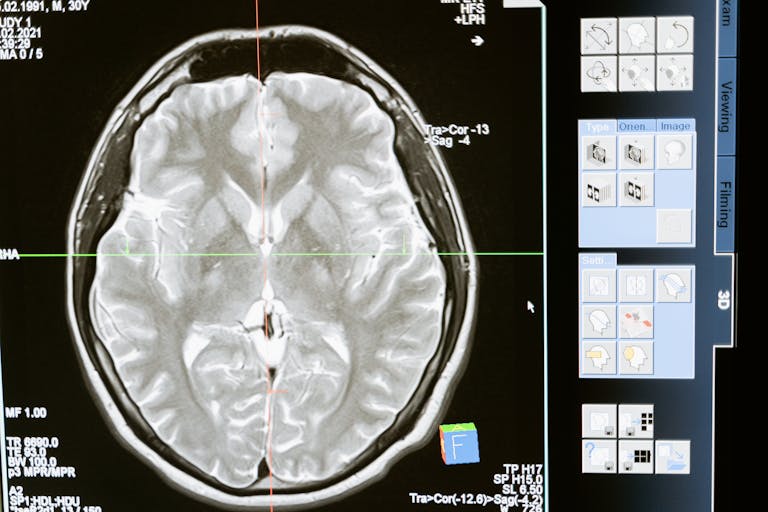How Cognitive-Behavioural Strategies Can Support Obsessive-Compulsive Disorder (OCD) Recovery (+2 Worksheets)
Introduction
Obsessive-Compulsive Disorder (OCD) is a chronic and often debilitating mental health condition characterized by persistent, unwanted thoughts (obsessions) and repetitive behaviours or mental acts (compulsions). For individuals suffering, receiving the right kind of treatment is essential because these symptoms can seriously disrupt everyday living. Cognitive-behavioural therapy (CBT), and in particular a type of treatments known as exposure and response prevention (ERP), is one of the most evidence-based approaches to treating OCD. This article examines the ways in which cognitive-behavioural techniques may be useful in OCD treatment, providing helpful advice supported by current research and downloadable worksheet to integrate into the therapy.

Understanding Cognitive-Behavioural Therapy (CBT)
Cognitive-Behavioural Therapy is a well-established psychotherapeutic approach that focuses on the interplay between thoughts, emotions, and behaviours. CBT aims to assist people with OCD in recognising and addressing the faulty cognitive processes that drive their compulsions and obsessions. Through this process, individuals can acquire the ability to replace these ideas with more realistic and balanced ones, consequently reducing anxiety and the need to engage in obsessive actions.
5 Key Cognitive-Behavioural Strategies for OCD
1. Exposure and Response Prevention (ERP)
ERP is the gold standard in OCD treatment and a core component of CBT. The strategy involves exposing individuals to the thoughts, images, objects, and situations that trigger their obsessions, without allowing them to engage in the corresponding compulsive behaviour. Over time, this process helps reduce the anxiety associated with the obsession and diminishes the compulsion. For instance, a person with contamination-related OCD might be guided to touch a doorknob (the exposure) and then resist the urge to wash their hands (the response prevention).
Research Evidence: A meta-analysis published in Clinical Psychology Review (2015) confirmed that ERP is highly effective in reducing OCD symptoms, with significant improvements often maintained over the long term (McGuire et al., 2015).
2. Cognitive Restructuring
Cognitive restructuring involves identifying and challenging irrational or maladaptive thoughts, which are common in OCD. For example, a person might believe that if they don’t perform a specific compulsion, something terrible will happen. Through cognitive restructuring, therapists help clients examine the evidence for and against such thoughts, promoting more balanced thinking.
Research Evidence: A study published in the Journal of Affective Disorders (2017) highlighted the effectiveness of cognitive restructuring in reducing OCD symptoms when combined with ERP, demonstrating that addressing both cognitive distortions and behavioural compulsions leads to better outcomes (van Balkom et al., 2017).
3. Mindfulness-Based Cognitive Therapy (MBCT)
MBCT combines traditional CBT techniques with mindfulness practices. Mindfulness helps individuals become more aware of their thoughts and feelings without immediately reacting to them. This approach can be particularly beneficial for OCD sufferers who struggle with intrusive thoughts, as it teaches them to observe these thoughts without judgment or engagement.
Research Evidence: A randomized controlled trial published in Behaviour Research and Therapy (2014) found that MBCT significantly reduced OCD symptoms and improved quality of life, particularly in cases where traditional CBT had been less effective (Key et al., 2014).
4. Behavioural Experiments
Behavioural experiments are used to test the validity of an individual’s feared consequences. For instance, a client might believe that not checking the stove multiple times will result in a fire. A behavioural experiment would involve deliberately not checking the stove and observing whether the feared outcome occurs. These experiments help disprove irrational beliefs and reduce compulsive behaviour.
Research Evidence: A study in the Journal of Anxiety Disorders (2016) demonstrated that behavioural experiments effectively reduce compulsive checking behaviours in OCD, particularly when clients track their experiences and outcomes (Salkovskis et al., 2016).
5. Habit Reversal Training (HRT)
Habit Reversal Training is often used for OCD-related behaviours like skin picking or hair pulling. It involves teaching clients to recognize the urge to engage in these behaviours and replace them with alternative actions, such as clenching their fists or squeezing a stress ball. Over time, this can help reduce the frequency and intensity of compulsive behaviours.
Research Evidence: A systematic review in BMC Psychiatry (2018) supported the use of HRT in treating OCD-related behaviours, highlighting its effectiveness in reducing symptom severity and improving daily functioning (McKay et al., 2018).
Integrating Worksheets into OCD Treatment
To support the implementation of these cognitive-behavioural strategies, therapists can use specific worksheets that guide clients through the process. Two useful worksheets include:
- Positive Activity Scheduling: This worksheet helps clients plan and engage in enjoyable activities, which can alleviate depressive symptoms often associated with OCD. By scheduling positive activities, clients can experience a sense of accomplishment and joy, which counteracts the negativity of obsessive thoughts.
- Strengths Identification Worksheet: This tool helps clients identify their personal strengths and leverage them in overcoming OCD. Recognizing and using strengths such as resilience, determination, or empathy can empower clients to tackle their symptoms more effectively.
These worksheets not only provide structure but also encourage active participation in the therapeutic process, making cognitive-behavioural strategies more accessible and actionable.
Download the Positive Activity Scheduling Worksheet [Here]
Download the Strengths Identification Worksheet [Here]
Conclusion
Cognitive-behavioural strategies are at the forefront of effective OCD treatment, offering a structured and evidence-based approach to managing symptoms. Techniques like ERP, cognitive restructuring, and mindfulness-based therapies are some of the strategies that enable people to deal with their obsessions and reduce compulsive actions. Therapists can assist clients in making a long-lasting recovery from OCD by including these strategies into therapy in addition to useful resources like worksheets.
References
Hendriks, T., Schotanus-Dijkstra, M., Hassankhan, A., de Jong, J., & Bohlmeijer, E. (2020). The efficacy of multi-component positive psychology interventions: A meta-analysis. Journal of Happiness Studies, 21(1), 357-390.
Schrank, B., Brownell, T., Tylee, A., & Slade, M. (2016). Positive psychology: An approach to supporting recovery in mental illness. Global Advances in Health and Medicine, 5(5), 42-50.
Seligman, M. E. P., Rashid, T., & Parks, A. C. (2006). Positive psychotherapy. American Psychologist, 61(8), 774-788.
Sin, N. L., & Lyubomirsky, S. (2009). Enhancing well-being and alleviating depressive symptoms with positive psychology interventions: A practice-friendly meta-analysis. Journal of Clinical Psychology, 65(5), 467-487.







